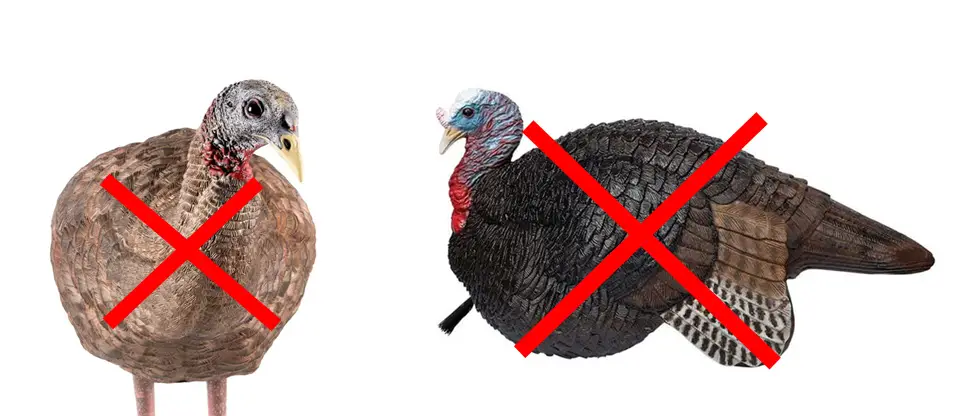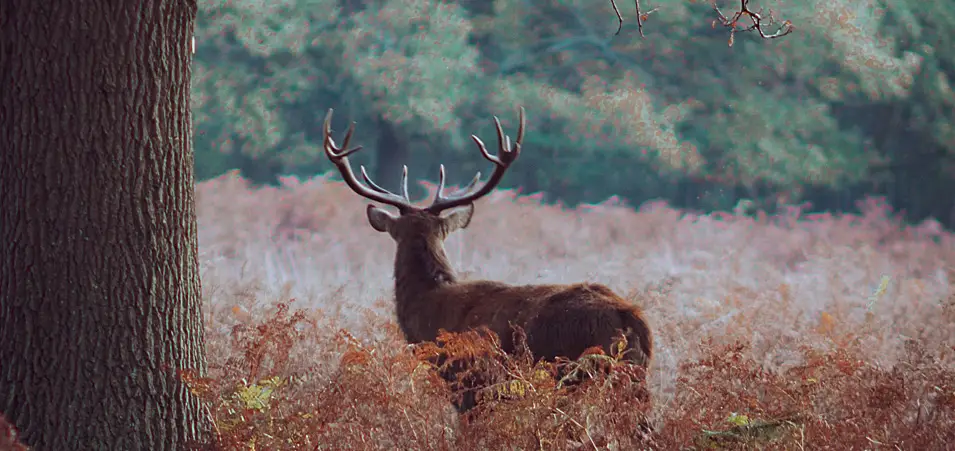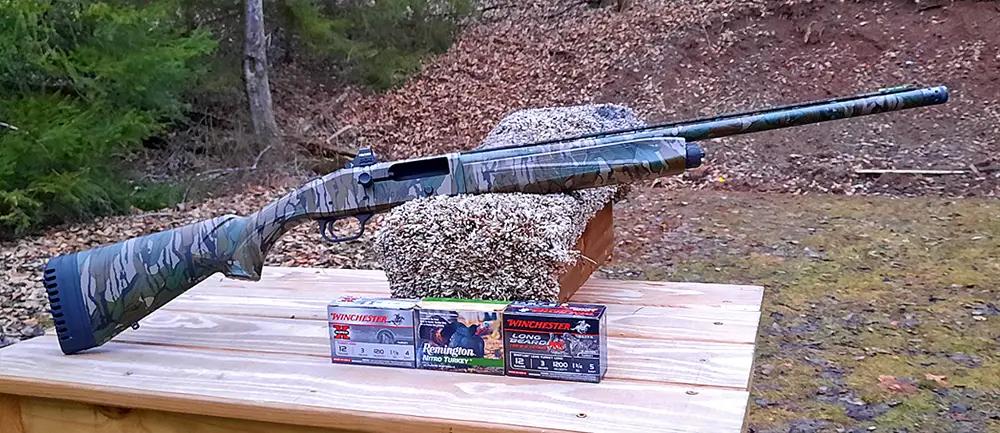Hunting predators at mid to long range with a varmint rifle is the regular approach and for good reason. But there are many lesser-known weapons and tactics for hunting coyotes and more. On this episode I talk about the many ways you can hunt predators based on the guns and gear you have, or your thirst for challenge.
The tools you have and are comfortable with are often the tools you want to use when it comes to hunting anything. That is often the case for predators as well. A shotgun for example can be a good weapon for predator hunting but it changes the way you hunt, the ranges, the tactics, and of course the way you setup your shotgun makes a difference.
Ammo selections, choke tubes, practice routines, sights, and cover all need to be considered well in advance to be effective. The decoy positioning needs to adjust as well because the predators must get close. Your call location and routine may be different, and off course you must judge the wind flawlessly. You have to get the coyote within 100 yards, and usually much closer to get a good clean ethical kill shot.
When using a bow, you have to begin taking into account not just a predator’s excellent sense of smell, but also their keen ears. Trying to get a coyote to come within 30 yards and stop long enough for you to draw, aim, and shoot is a noble challenge under even the best of conditions. Using a red or green flashlight at such short distances is also very difficult.
At 100-200 yards, predator hunting flashlights give you an excellently sized light beam for illuminating your target and limiting their depth of vision. At 20 yards, that same flashlight is more like a laser pointer. Many of the higher quality flashlights give you the ability to adjust the beam density from focused to floodlight but good luck adjusting the focus on the flashlight while keeping it on target and holding and drawing a bow at the same time. For more, here is another podcast episode I did titled All About Predator Hunting Flashlights.
No matter what weapon you use, you have many adjustments to make in order to be effective. And the more you can think about in advance, the better your odds will be. Take using a flashlight again for example, the way this is done with a rifle, vs. a bow, vs. a handgun are very different. Advanced planning and practice are the keys to preparing for different hunting strategies. The key is that you need to practice before you are in the woods to develop effective ways to handle new situations.
Listen to the podcast episode to hear more.



